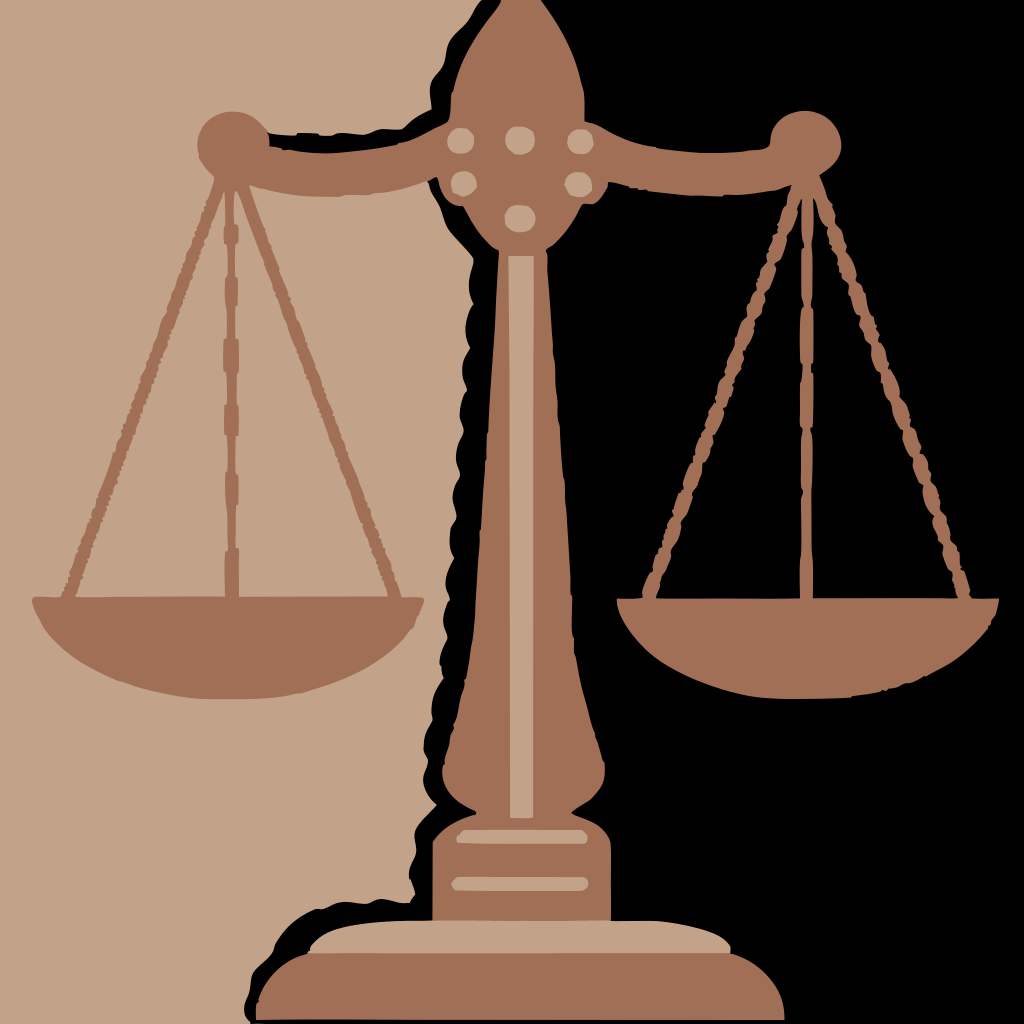Before starting to talk about getting a motorcycle accident lawyer, we'd like to get you to know some facts:
In 2022, there were 6,218 motorcyclist fatalities, accounting for 15% of all traffic deaths in the U.S.
Data for 2024 luckily indicates a slight decrease, with approximately 5,500 motorcyclist deaths reported. This suggests a reduction of about 11.6% compared to 2022.
Causes of Motorcycle Accidents
Yet, alcohol impairment and speeding remain significant contributors to motorcycle accidents. In 2022, 29% of motorcyclist fatalities involved alcohol, and 34% of fatal motorcycle accidents involved speeding. These factors continue to underscore the need for enhanced safety measures and rider education.
Though, the good news is that the 2022 National Occupant Protection Use Surveys (NOPUS) reported that 66.5% of motorcyclists wore DOT-compliant helmets, a slight increase from 64.9% in 2021. Helmet usage is a critical factor in reducing fatalities, as helmets are 37% effective in preventing motorcyclist deaths.

Preventing the Worst on The Road
Nonetheless, preventing is better than curing, so we always advice that even if the accident was small, some good practices for the future would be that motorcyclists always:
- Wear DOT-Compliant Helmets: Ensure helmets meet Department of Transportation standards.
- Avoid Alcohol and Drugs: Never ride under the influence to maintain optimal control and judgment.
- Adhere to Speed Limits: Observe posted speed limits and adjust speed according to road and weather conditions.
- Enroll in Safety Courses: Participate in motorcycle safety courses to enhance riding skills and awareness.
Some other good practices would also be to:
- Scan The Traffic: Constantly look ahead, side-to-side, and check mirrors and blind spots. Pay extreme attention at intersections, where most car-motorcycle collisions occur. Anticipate cars turning left in front of you or pulling out from side streets.
- Maintain Space: Keep a safe following distance and create a space cushion around you. Have an escape path planned.
- Be Visible: Use your headlight day and night. Position yourself in the lane where drivers are most likely to see you (avoiding their blind spots). Consider brighter gear.
Legal Representation and Support – The Role of a Lawyer in Securing Compensation
In the following section you’ll be guided to evaluate your current situation and possibly increase the chances to land a better outcome out of it.
When Things Do Go Wrong
What a Lawyer Can Do After a Motorcycle Accident
Provide Initial Consultation & Case Evaluation:
- Discuss the details of your accident and injuries confidentially, together review police reports, photos, insurance information, and initial medical records you may have.
- Explain to him/her your legal rights and options under the relevant state law (to know more about state laws check lawdue.com/laws
- Assess the potential liability (fault) of other parties involved based on negligence laws.
- Evaluate the potential damages (compensation) you may be entitled to recover and explain their fee structure (often a contingency fee for injury cases, meaning they only get paid if you win).
Investigate the Accident Thoroughly:
- Ask the lawyer or do it yourself to obtain the official police accident report.
- If you did it, identify and interview witnesses and obtain formal statements, collect and preserve evidence, such as photos/videos from the scene, security or traffic camera footage, and your damaged motorcycle/gear.
- If necessary and if you can afford it, hire accident reconstruction experts to analyze how the crash occurred.
- Investigate the background and insurance coverage of the potentially at-fault party(ies).
Gather and Manage Medical Evidence:
- Collect all relevant medical records and bills related to your injuries (hospital, doctors, physical therapy, chiropractic care, prescriptions, etc.)
- Work with your treating physicians to understand the full extent of your injuries, prognosis, and future medical needs, consult with medical experts to provide opinions on the severity, causation, and long-term impact of your injuries.
Handle All Communication with Insurance Companies:
- Notify the relevant insurance companies (the other driver’s liability insurance, your own Uninsured/Underinsured Motorist coverage, MedPay/PIP, etc.) about the claim and submit necessary documentation to support the one.
- Crucially, the lawyer takes over all communication with insurance adjusters, protecting you from accidentally saying something that could hurt your claim.

Final Steps to Take with your Motorcycle Accident Lawyer
Determine and Calculate Damages
Identify all categories of damages you may be entitled to under state law, which can include:
Economic Damages, Non-Economic Damages and Punitive Damages.
- Economic Damages: Past and future medical expenses, lost wages, loss of future earning capacity, cost to repair or replace your motorcycle and gear, other out-of-pocket expenses are the required documents to disclose.
- Non-Economic Damages: Pain and suffering, emotional distress, loss of enjoyment of life, scarring and disfigurement, permanent impairment or disability, loss of consortium (for spouses in some cases) are valid reasons to also take in consideration for the case.
- Punitive Damages: In some states, these may be available if the at-fault party’s conduct was particularly reckless or malicious (e.g., drunk driving).
Calculate the value of these damages based on evidence, expert opinions, and legal precedent.
Negotiate a Settlement
Prepare and send a comprehensive settlement demand package to the insurance company outlining liability and detailing your damages.
File a Lawsuit and Litigate (If Necessary)
If a fair settlement cannot be reached, you may be able to file a formal lawsuit (Complaint or Petition) against the liable parties in the appropriate court before the statute of limitations expires. Handle all aspects of the litigation process, including:
- Discovery: Exchanging information with the opposing side through written questions (Interrogatories), requests for documents, and sworn testimony taken out of court (Depositions).
- Motion Practice: Filing or responding to legal arguments before the court.
- Mediation/Arbitration: Representing you in alternative dispute resolution processes if ordered or agreed upon.
- Trial: Preparing and presenting your case effectively in court before a judge or jury if necessary.
- Appeals: Handling the case after trial if an appeal is warranted.
Resolve Liens and Finalize Recovery
After a settlement or verdict, identify any parties with a legal claim (lien) on your recovery (like health insurance companies, Medicare, Medicaid, or medical providers). Negotiate with lienholders to potentially reduce the amount you have to pay back, maximizing your net recovery. Handle the final disbursement of funds.
Conclusion: Navigating the Aftermath of a Motorcycle Accident
Motorcycle accidents can be life-altering, leaving victims with physical injuries, emotional distress, and financial burdens.
Understanding the common causes and preventative measures can help mitigate risks, but when accidents do occur, the support of a skilled motorcycle accident lawyer becomes invaluable.
By providing comprehensive legal representation – from initial consultation to negotiating settlements and, if necessary, litigating in court – an experienced attorney can help you navigate the aftermath of an accident.
In the end, securing the right legal support can make a significant difference in the outcome of your case, allowing you to focus on healing and rebuilding your life. Remember, taking proactive steps and seeking legal counsel promptly can enhance your chances of achieving a favorable resolution.
